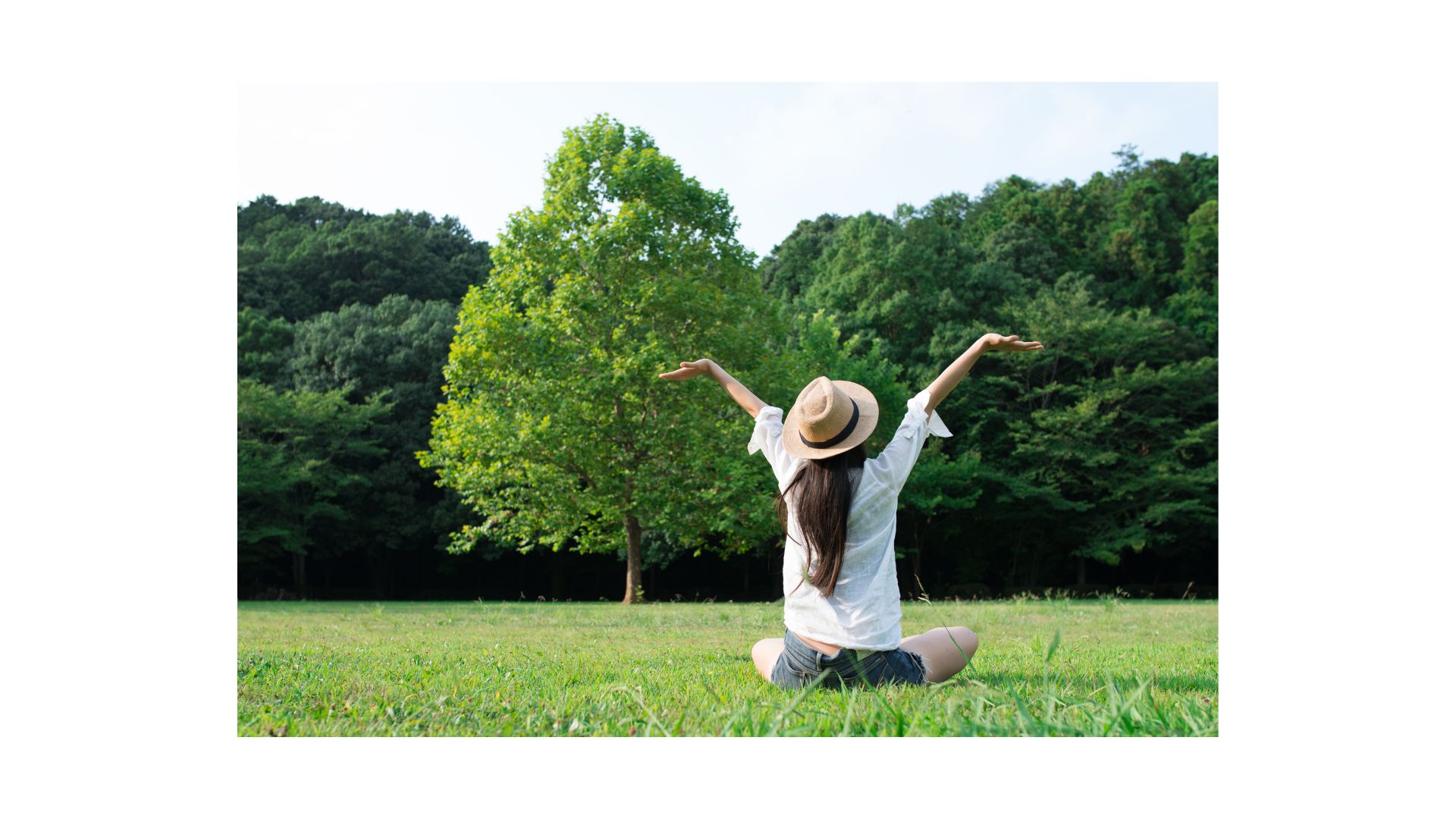The Labyrinth of the Self: Navigating the Journey Within
The Labyrinth of the Self: Navigating the Journey Within
Deep within the recesses of our own being lies a labyrinth—a maze of thoughts, emotions, and experiences waiting to be explored. Welcome to "The Labyrinth of the Self: Navigating the Journey Within." In this article, we will embark on a profound exploration of the inner landscape, delving into the complexities of the human psyche, the beauty of self-discovery, and the transformative power of navigating the labyrinth of the self.
The Complexity of the Human Psyche
The human psyche is a vast and intricate tapestry woven from the threads of our thoughts, emotions, memories, and beliefs. Like a labyrinth, it is filled with twists and turns, dead ends and hidden passageways—each leading us deeper into the heart of our own being. Yet, despite its complexity, the human psyche holds the key to unlocking the mysteries of our inner selves and uncovering the truth of who we are at our core.

Embracing the Shadow
As we navigate the labyrinth of the self, we inevitably encounter aspects of ourselves that we would rather avoid—our fears, insecurities, and unresolved traumas. These shadows lurk in the corners of our psyche, casting doubt and uncertainty on our journey of self-discovery. Yet, it is in embracing these shadows with courage and compassion that we reclaim our power and find healing. By shining the light of awareness on our darkest corners, we free ourselves from their grip and emerge stronger, wiser, and more whole.
The Beauty of Self-Exploration
Despite its challenges, the journey within is also a journey of immense beauty and wonder. It is a journey of self-exploration—an opportunity to delve into the depths of our own souls and uncover the hidden treasures that lie within. Through practices such as meditation, journaling, and introspection, we gain insight into our true selves and cultivate a deeper sense of self-awareness and authenticity. It is through this process of self-exploration that we come to understand our deepest desires, our greatest strengths, and our true purpose in life.
Finding Inner Peace
In the midst of life's chaos and turmoil, finding inner peace becomes essential for navigating the labyrinth of the self. It is a state of being that transcends external circumstances—a deep sense of calm, contentment, and acceptance that arises from within. Through practices such as mindfulness, yoga, and breathwork, we learn to quiet the chatter of the mind, release the grip of past regrets and future worries, and connect with the peace that resides at the core of our being. It is through this inner peace that we find strength, resilience, and a sense of groundedness that sustains us on our journey.

The Path to Self-Realization
At the heart of the labyrinth of the self lies the path to self-realization—the journey toward wholeness, integration, and enlightenment. It is a path that requires dedication, perseverance, and a willingness to surrender to the guidance of our own inner wisdom. Through self-inquiry, spiritual practices, and a commitment to personal growth, we come to recognize the divinity that resides within us and embrace the fullness of our own being. It is through this process of self-realization that we discover our true essence, our highest purpose, and our interconnectedness with all of existence.
Conclusion:
"The Labyrinth of the Self: Navigating the Journey Within" is more than just an exploration—it is an invitation to embark on the most profound and transformative journey of all—the journey into the depths of our own souls. It is a reminder that true fulfillment, meaning, and joy are found not in the external world but within the sacred chambers of our own hearts. So, as you navigate the twists and turns of your own inner labyrinth, may you do so with courage, curiosity, and an open heart. For in doing so, you may just discover the greatest treasure of all—the truth of who you are.
Contact us today to begin your journey within and uncover the hidden gems waiting to be discovered in the depths of your soul.









